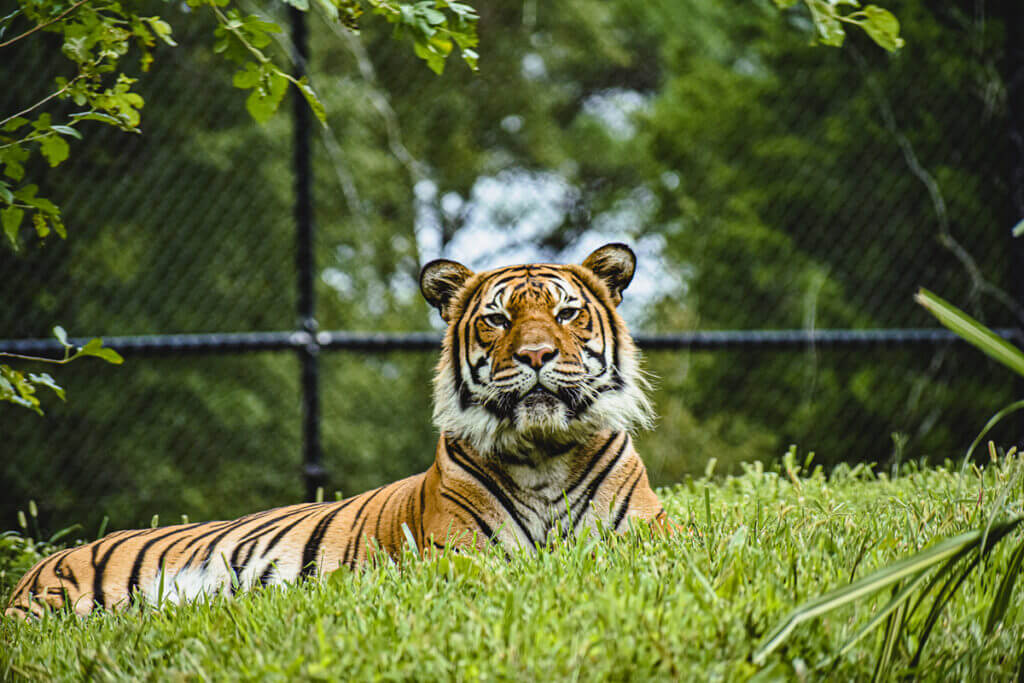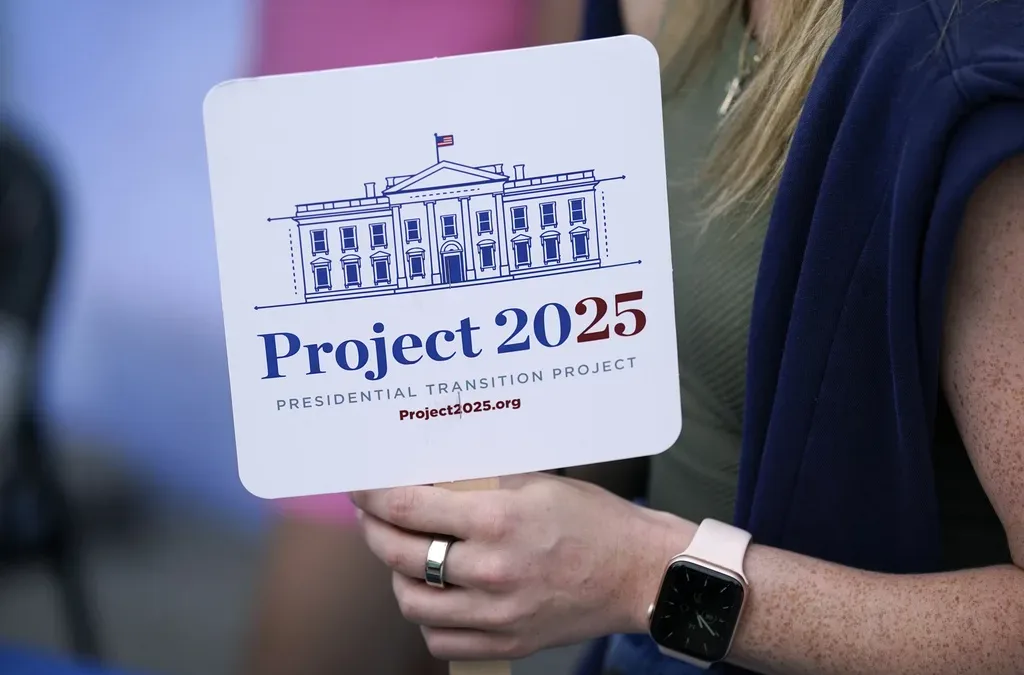
Christopher, a Malayan tiger at the Virginia Zoo. Photo courtesy of Virginia Zoo
Virginia Zoo officials say the tigers’ symptoms were like a human cold.
NORFOLK – How does COVID-19 affect animals? A case at the Virginia Zoo in Norfolk shows that wildlife can get the virus, but the impact is slightly different.
Last week, officials at the Virginia Zoo announced that three tigers had tested positive for COVID-19. Stubbley and Osceola first began exhibiting symptoms two weeks ago. The Animal Care Team observed mild respiratory symptoms in the Malayan tigers, including a dry cough and wheezing.
“The symptoms that they were experiencing were much like a cold in a human,” said Ashley Mars, marketing manager at the Virginia Zoo in Norfolk.
Those symptoms were consistent with previous cases of COVID-19 in big cats at other zoological institutions. The first reported big cat case of COVID occurred in April 2020 at The Bronx Zoo in New York. Since then, multiple zoos across the country—including those in Indiana and Tennessee—have cared for tigers who’ve contracted the coronavirus.
Virginia Zoo staff obtained nasal swabs and fecal samples from the two tigers. That material went to Cornell University’s Animal Health Diagnostic Center in New York, where health officials confirmed they were positive for the virus.
Christopher, the third tiger, developed similar symptoms as Stubbley and Osceola and zoo officials confirmed his positive test days later. It’s unclear how the tigers got the virus.
Still Learning
COVID-19 is a zoonotic virus. That means the virus can spread between humans and animals. The Centers for Disease Control and Prevention cautions against COVID carriers spending time with animals, including pets, livestock and wildlife. Confirmed cases among animals have included cats, dogs, lions, tigers, pumas, cougars, snow leopards, gorillas, and mink.
Both the Virginia Zoo and CDC noted that animals may contract the virus even with strict pandemic protocols in place.
“There’s still a lot of unknowns about COVID and animals,” Mars said. “The Virginia Zoo is a part of the Association of Zoos and Aquariums. We’ve been working with our colleagues there, along with the [United States Department of Agriculture], the CDC. And so unfortunately, the more animals that are exposed to this illness, the more we are learning about how it will affect them long term, or if it even affects them long term.”

The Virginia Zoo has also worked with the Norfolk Health Department and Virginia Department of Health on the case.
The Virginia Zoo follows the recommended biosecurity protocols outlined by the Association of Zoos and Aquariums and the American Association of Zoo Veterinarians. Those protocols require that staff wear Personal Protective Equipment at all times around susceptible species, such as tigers. Employees also undergo daily temperature checks. They are asked not to report to work if they are running a fever or feeling ill.
While cats can catch the coronavirus from humans, there is no indication that humans can catch the virus from felines. The Animal Care and veterinary staff at the Virginia Zoo, however, brought the tigers indoors to take precautions.
Recovery and Public Health
When the big cats fell ill, staff took their recovery measures seriously.
“Just with a little bit of time and a little extra [tender loving care] from their keepers, they have made a full recovery,” Mars said.
It looks like the quarantine for all three tigers worked. Mars noted that no other animals at the zoo showed symptoms suspect of COVID-19.
The decision to go public with the tiger’s health concerns came as part of the Virginia Zoo’s dedication to public health, Mars explained.
“When we found out the tigers were showing some symptoms, we brought them indoors,” Mars said. “We do see a lot of visitors come through, so we contacted our colleagues at the institutions I mentioned before just to make sure there was no risk to the public—which, we felt internally there wasn’t, but we had some insight and some direction given to us from those other organizations.”
Approximately one week after the big cats’ initial COVID scare, all three are ready to prowl.
“The tigers are doing great. They are actually symptom-free now,” Mars said. “So any symptoms that they had been experiencing before, they are gone.”
According to the zoo’s website, Stubbley and Osceola should be back on exhibit this week.
Amie Knowles reports for Dogwood. You can reach her at [email protected].
Politics

6 terrifying things that could happen if the Comstock Act is used to target abortion
Does 1873 sound like a really, really long time ago? Well, that’s because it is—but if Republicans and far-right anti-abortion activists have their...

He said what? 10 things to know about RFK Jr.
The Kennedy family has long been considered “Democratic royalty.” But Robert F. Kennedy, Jr.—son of Robert F. Kennedy, who was assassinated while...
Local News

Virginia verses: Celebrating 5 poetic icons for National Poetry Month
There’s no shortage of great writers when it comes to our commonwealth. From the haunting verses of Edgar Allan Poe, who found solace in Richmond's...

Join the fun: Recapping Family Literacy Night’s storybook adventures
When’s the last time you read a book aloud with a loved one? If it’s difficult to answer that question, then maybe it’s time to dust off that TBR...





